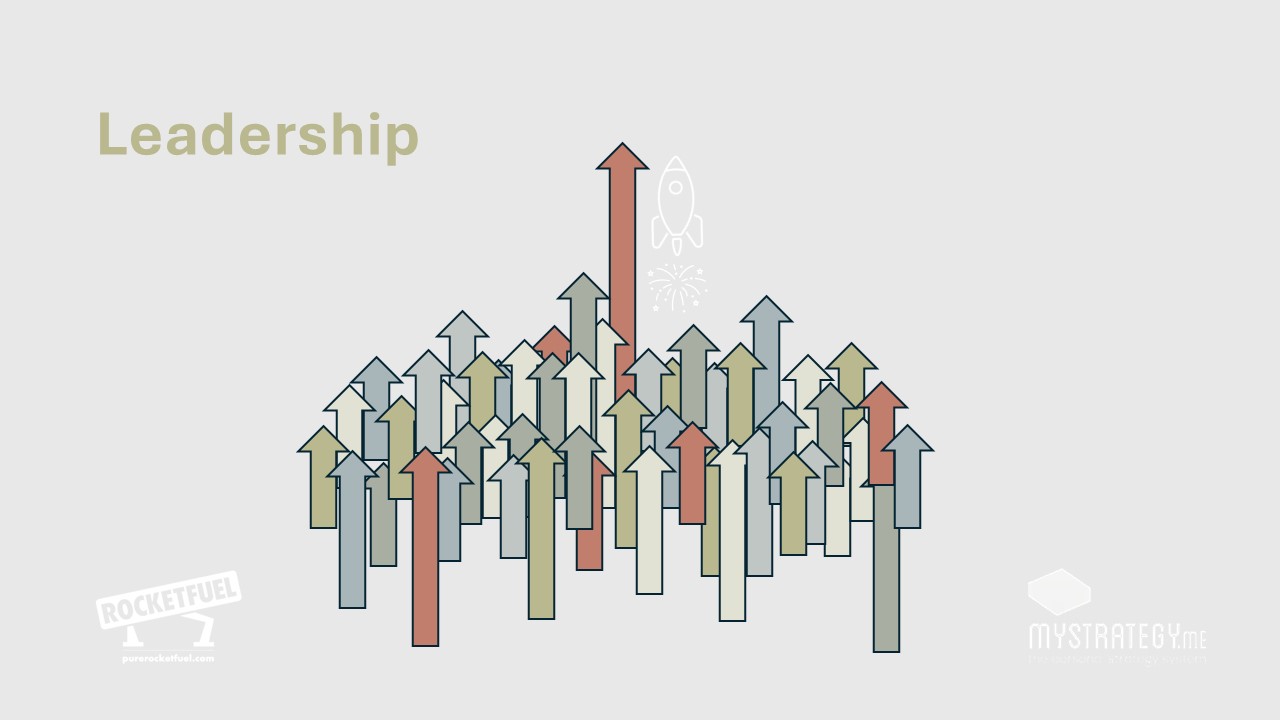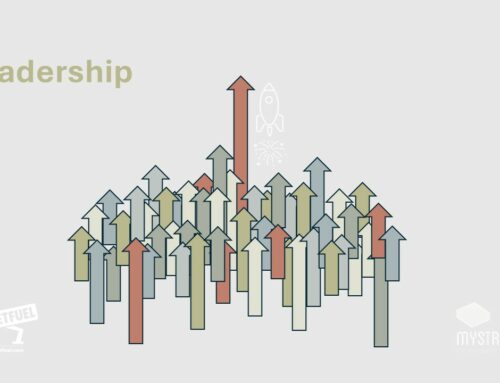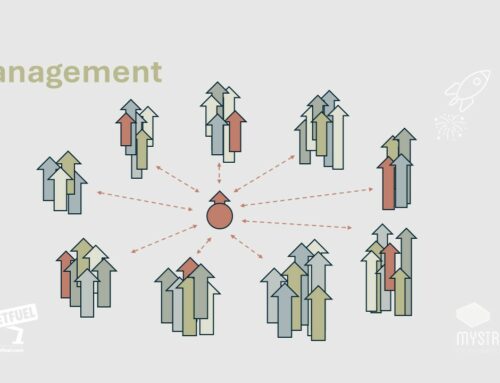
Everyone has to dip their toe in the marketing pool at some point, reminds Davina Greene.
“Why should I?”, “That will never work!” and “That’s not what I’d do” – the dreaded retorts of the unconvinced audience. And that’s before the nervous change-haters chip in. But hey, we’re all leaders nowadays, so these assaults on buy-in barely cause a raised eyebrow – am I right?
I imagine not.
Buy-In: The Uphill Struggle
Leadership and entrepreneurialism are difficult, and people can try the patience of a saint with all their individual quirks. But people are unavoidable and, to get anything done, you need them on-side (hence the existence of the field of Change Management). How hard do you work to get buy-in? Most people think ‘very’, but their actual effort is expended taming the troops when the resistance has already begun. The point of failure is the point at which the person with the idea decided to simply rock up to the initial conversation unprepared.
Think about all the times in life you might need buy-in. As an employer, manager, or project manager, you’re continuously getting buy-in from your team members to get work done. As a parent or partner, if you’ve decided to up sticks and move to Australia, you’d want to have a pretty strong sales campaign ready for your family before all the talk of killer insects and face-punching kangaroos takes hold. Got a business idea that needs money? Neither bank nor investors are going to hand over a single cent if they haven’t bought into your idea (and into you). Got a new job? That’s because, based on your interview performance, they bought into you. Coaching even works on the basis of buy-in; if you pay for coaching, it means you have a belief in you – that you’ve bought into you.
Obtaining Buy-In
“How do I obtain this elusive ‘buy-in’?”, I hear you cry. Invert the situation and answer the following question: What would someone have to do to get your buy-in?
I’m thinking you’d like to know about the thing before it starts and to feel like you’re being worked with rather than having something done to you. I imagine you’d like the person introducing the proposal to seem energetic, engaged and positive about it. I imagine you’d like some evidence that they have thought through the pros and cons and aren’t operating on a flight of fancy – that they’re able to eliminate your doubts upfront. I imagine you’d like to know what’s in it for you. I imagine you’d like minimal surprises during the activity, and plenty of ongoing communication. I assume you’d like to know how you can give feedback throughout, if you perceive a problem or divergence from the plan.
Getting buy-in can require a lot of time and resilience. If you’re an expert and/or a control freak and/or an introvert and/or an ideas person, good luck with that (especially if you’re all four) – the but-they-don’t-have-the-knowledge, why-won’t-they-just-get-with-the-program, I‘ve-been-in-this-room-with-these-people-too-long, they-can’t-see-what-I-see feelings that may rear their heads can, at times, be excruciating. But if something is important, you should ultimately conclude that it’s worth the effort and be willing to dig deep. If not, then why are you doing it?
Practically, this means you need to get out and speak to people before you launch your big idea – win the battle before the actual battle by understanding the issues and doing some initial promotion. It also means psyching yourself up to push past the unchangeable sceptics and merchants of doom; they’re everywhere, understand them, work around them.
Do you know your Management Style (or Leadership Style)? Is ‘selling’ a default skill of yours? It’s important to contemplate this, and know where the gaps lie, so that you can work on this rather than suffering it as a long-term battle.
Preparation is key. Don’t insult your audience by expecting something for nothing: put time into constructing your argument. Tell the story, not a bunch of disjointed facts. But note that, the more you do all of the above, the less people will need from you each time – followership and commitment don’t end when the project ends. Trust, admiration and results have mileage. If they buy into you, the stage is set for a smoother future.
In short
Sell, sell, sell: if you can’t convince yourself, then why should anyone else get on board? Engage your ‘marketing brain’, do your research, then tell the story.
Beware, if you can’t – or won’t – sell an idea and get buy-in, then active followership becomes a new, ongoing battle. And that’s never good news for a leader, by definition.
Interested in investing in your own personal – and personal strategy – development? Check out www.MyStrategy.me!
Share This!
About the Author




